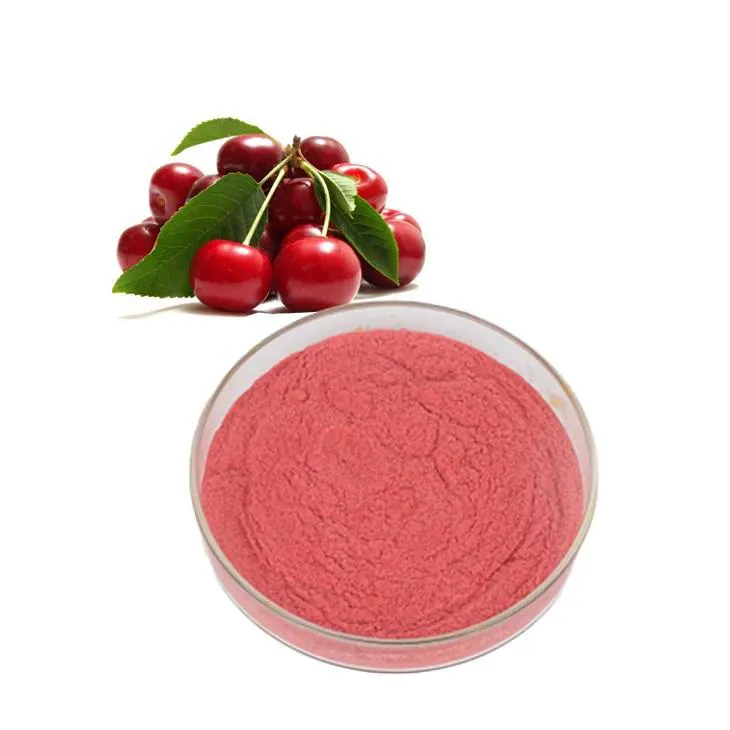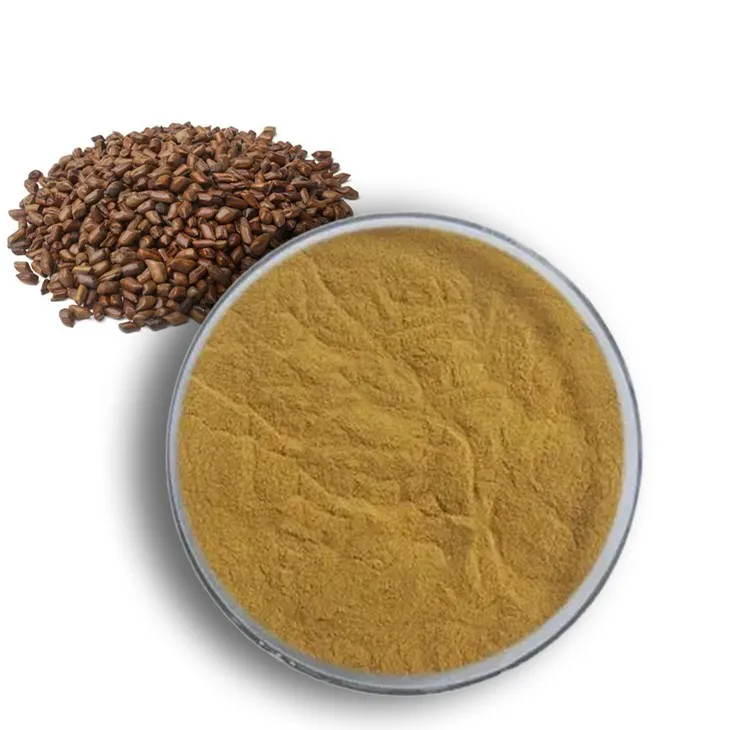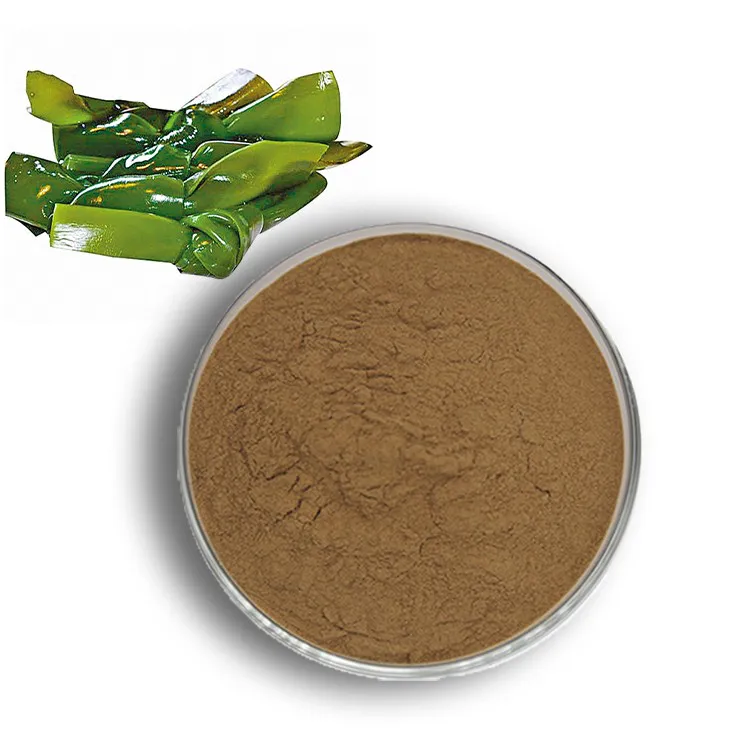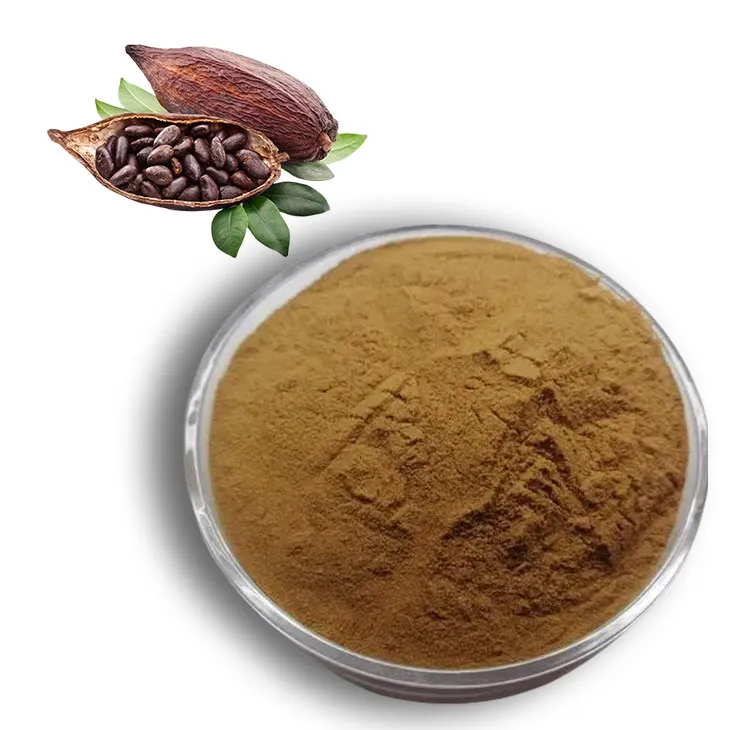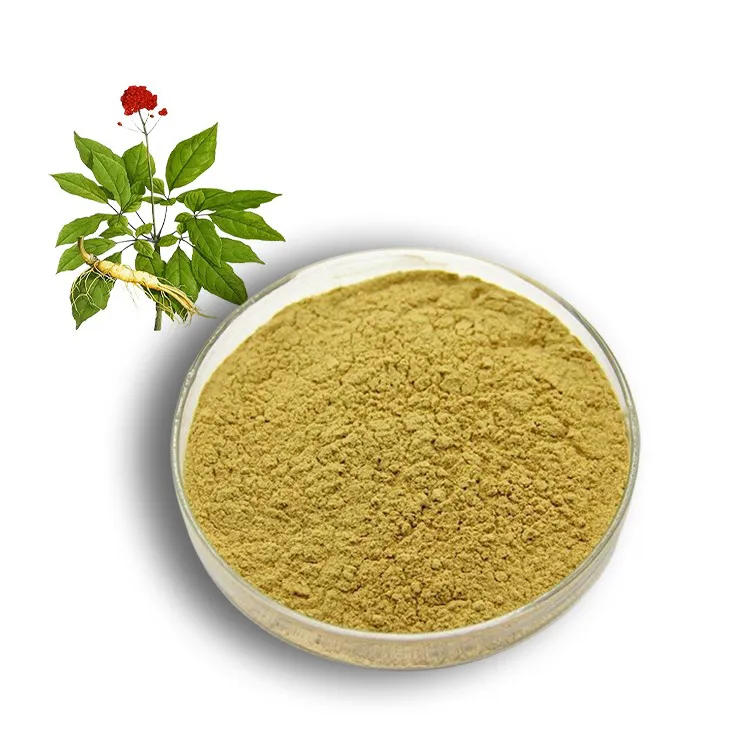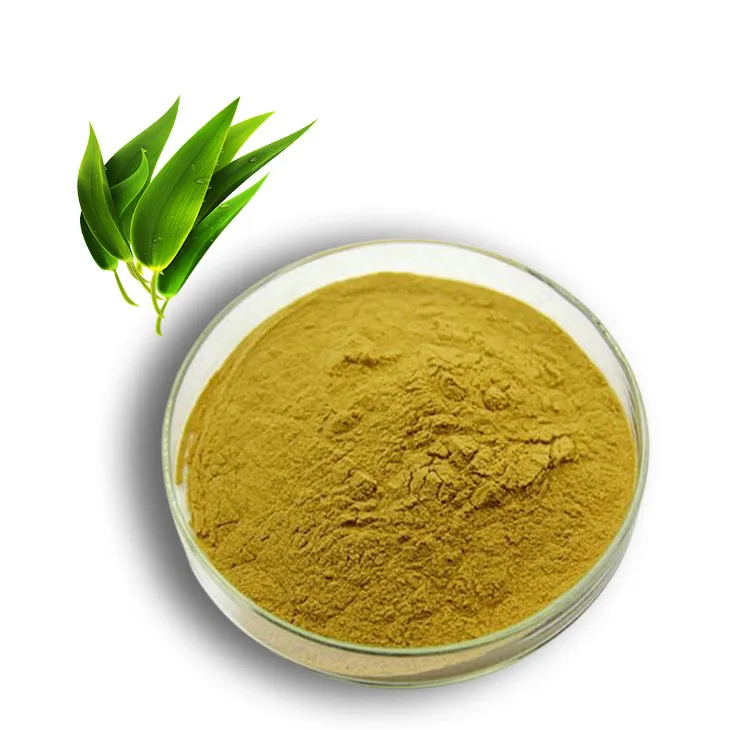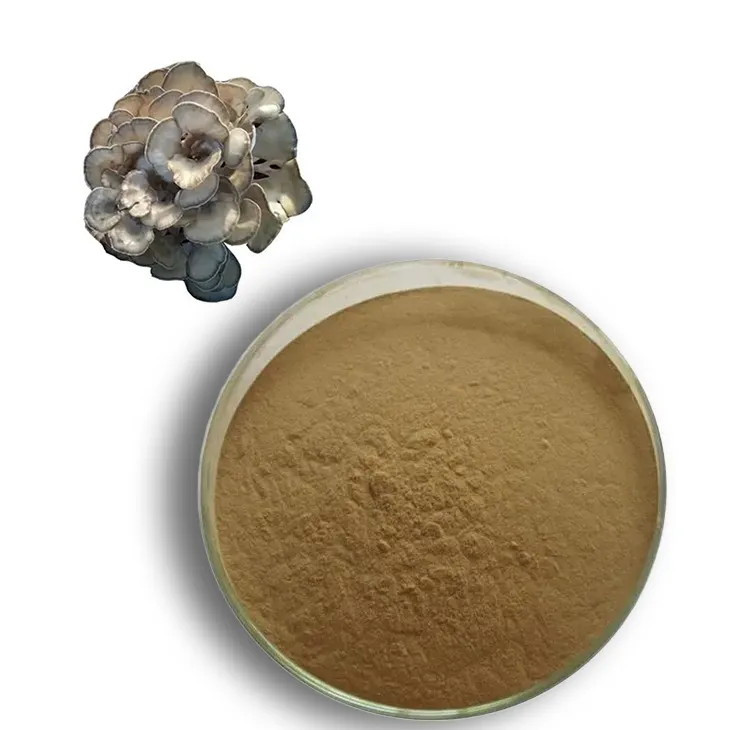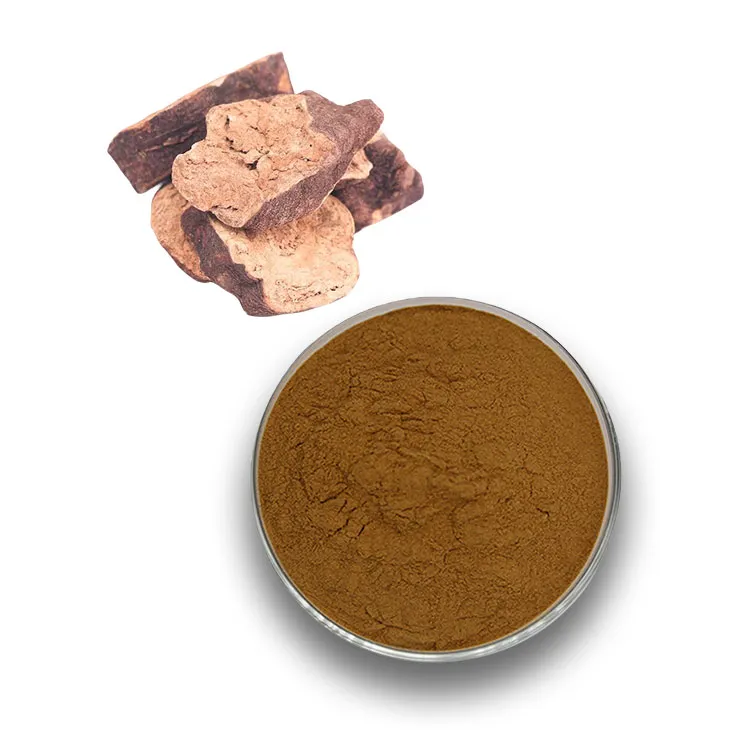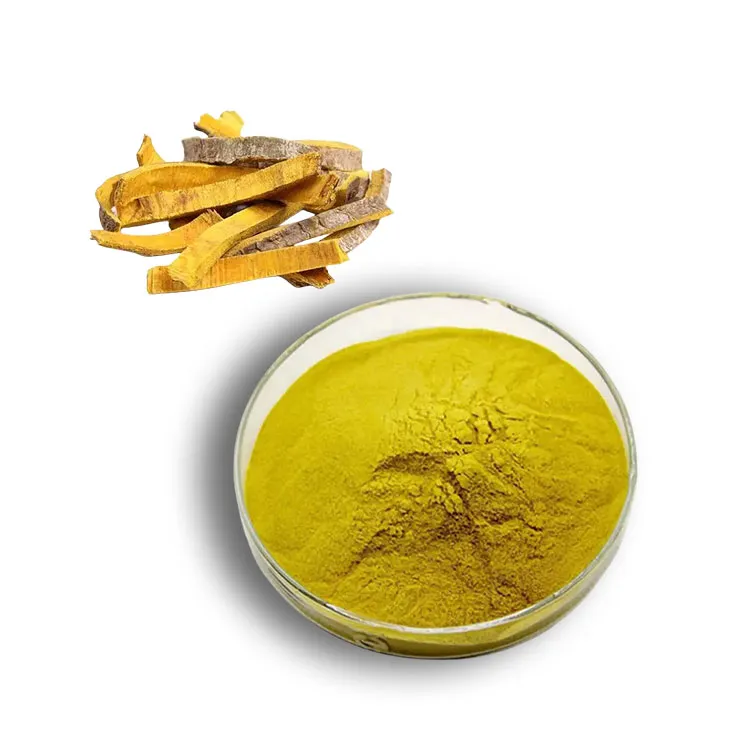- 0086-571-85302990
- sales@greenskybio.com
how much lycopene in tomato
2023-09-27
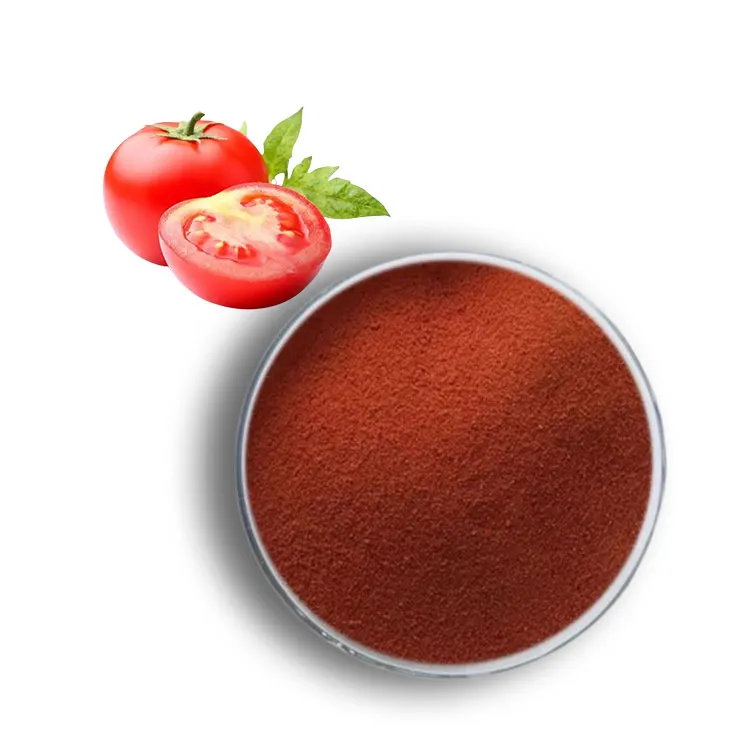
1. Importance of Lycopene in Health
1. Importance of Lycopene in Health
Lycopene is a powerful antioxidant and a phytochemical found in a variety of red fruits and vegetables, with tomatoes being one of the richest sources. It belongs to the carotenoid family, which is known for its health-promoting properties. Lycopene plays a crucial role in maintaining and enhancing overall health, and it has been linked to numerous health benefits.
Cardiovascular Health
One of the most significant benefits of lycopene is its positive impact on cardiovascular health. Studies have shown that it can help reduce the risk of heart disease by lowering bad cholesterol (LDL) levels and preventing the oxidation of LDL cholesterol, which can lead to plaque buildup in the arteries.
Cancer Prevention
Lycopene has been extensively studied for its potential role in cancer prevention. It has been found to have chemopreventive properties, particularly against prostate, lung, and stomach cancers. The antioxidant properties of lycopene help neutralize free radicals, which can cause damage to cells and lead to the development of cancer.
Skin Health
Lycopene can also contribute to healthy skin by protecting it from harmful UV radiation. It has been shown to reduce the risk of skin damage and skin cancer due to its antioxidant and anti-inflammatory effects.
Bone Health
Recent research suggests that lycopene may play a role in maintaining bone health. It has been linked to increased bone mineral density, which can help prevent osteoporosis and reduce the risk of bone fractures.
Eye Health
Lycopene's antioxidant properties can also benefit eye health by protecting the retina from oxidative stress and reducing the risk of age-related macular degeneration and cataracts.
Anti-Inflammatory Effects
Inflammation is a key factor in many chronic diseases, and lycopene has been shown to possess anti-inflammatory properties. This can help reduce inflammation in the body and contribute to the prevention and management of various inflammatory conditions.
In conclusion, lycopene is an essential nutrient that plays a vital role in promoting overall health and well-being. Incorporating lycopene-rich foods, such as tomatoes, into your diet can provide numerous health benefits and help prevent various diseases.
2. Tomato as a Source of Lycopene
2. Tomato as a Source of Lycopene
Tomatoes are one of the most well-known and widely consumed sources of lycopene, a powerful antioxidant that plays a significant role in promoting health and preventing various diseases. Lycopene is a carotenoid, a type of phytonutrient that gives tomatoes their characteristic red color. It is found in higher concentrations in tomatoes than in any other commonly consumed food.
The presence of lycopene in tomatoes has been linked to numerous health benefits, including the reduction of the risk of certain types of cancer, cardiovascular diseases, and age-related macular degeneration. Lycopene is also known for its anti-inflammatory properties and its ability to support skin health and protect against sun damage.
Tomatoes are available in various forms, including fresh, canned, and processed into products like tomato sauce, paste, and juice. Regardless of the form, tomatoes remain a rich source of lycopene. However, the concentration of lycopene can vary depending on factors such as the type of tomato, ripeness, and growing conditions.
Fresh tomatoes are a popular choice for salads, sandwiches, and as a topping for various dishes. Canned tomatoes, on the other hand, are often used in cooking due to their convenience and longer shelf life. Processed tomato products can also be a good source of lycopene, especially when they are made from ripe, high-quality tomatoes.
In addition to their lycopene content, tomatoes are also a good source of other essential nutrients, such as vitamin C, potassium, and dietary fiber. These nutrients contribute to overall health and well-being, making tomatoes a valuable addition to a balanced diet.
It is important to note that the bioavailability of lycopene from tomatoes can be influenced by various factors, including cooking methods and the presence of dietary fat. Cooking tomatoes can increase the bioavailability of lycopene, making it easier for the body to absorb and utilize this beneficial nutrient.
In conclusion, tomatoes are a rich and versatile source of lycopene, offering numerous health benefits. Incorporating tomatoes into your diet in various forms can help you reap the rewards of this powerful antioxidant and support your overall health.
3. Lycopene Content in Different Types of Tomatoes
3. Lycopene Content in Different Types of Tomatoes
Lycopene is a powerful antioxidant that is naturally found in a variety of red fruits and vegetables, with tomatoes being one of the most significant sources. The lycopene content in tomatoes can vary greatly depending on the type of tomato, its ripeness, and growing conditions. Here, we explore the lycopene content in different types of tomatoes and what factors contribute to these differences.
Cherry Tomatoes
Cherry tomatoes are small, round tomatoes that are often sweeter and more flavorful than their larger counterparts. They are packed with lycopene, with an average of 3.3 mg per 100 grams. The high concentration of lycopene in cherry tomatoes is due to their smaller size and higher skin-to-flesh ratio, which results in a higher concentration of lycopene per unit weight.
Roma Tomatoes
Roma tomatoes, also known as plum tomatoes, are larger and have a meatier texture compared to cherry tomatoes. They are commonly used in cooking due to their lower water content and thicker flesh. Roma tomatoes contain approximately 2.1 mg of lycopene per 100 grams, making them a good source of this beneficial compound.
Heirloom Tomatoes
Heirloom tomatoes are a type of tomato that has been passed down through generations due to their unique characteristics, such as taste, color, and shape. They come in various sizes and colors, with red being the most common. Heirloom tomatoes have a lycopene content that can range from 2.5 to 4.5 mg per 100 grams, depending on the specific variety.
Beefsteak Tomatoes
Beefsteak tomatoes are large, juicy tomatoes that are often used in sandwiches and salads. They have a sweet flavor and a firm texture. The lycopene content in beefsteak tomatoes is similar to that of Roma tomatoes, with an average of 2.2 mg per 100 grams.
Grape Tomatoes
Grape tomatoes are small, elongated tomatoes that are often used in salads and as a snack. They have a sweet and tangy flavor. Grape tomatoes contain around 3.5 mg of lycopene per 100 grams, making them a good source of this antioxidant.
Green Tomatoes
Green tomatoes are unripe tomatoes that are harvested before they reach their full red color. They have a firm texture and a tangy flavor. While green tomatoes do contain lycopene, the levels are significantly lower than in ripe tomatoes, with only about 0.5 mg per 100 grams.
Factors Affecting Lycopene Content
The lycopene content in tomatoes can be influenced by several factors, including:
1. Ripeness: Riper tomatoes generally have higher lycopene levels than unripe ones. As tomatoes ripen, the lycopene content increases.
2. Cultivar: Different tomato varieties have varying levels of lycopene. Some heirloom varieties may have higher lycopene content than common cultivars.
3. Growing Conditions: Factors such as sunlight, temperature, and soil quality can affect the lycopene content in tomatoes. Tomatoes grown in optimal conditions tend to have higher levels of this antioxidant.
4. Cooking: Cooking tomatoes can increase the bioavailability of lycopene, making it easier for the body to absorb and utilize this nutrient.
In conclusion, the lycopene content in tomatoes varies depending on the type, ripeness, and growing conditions. To maximize lycopene intake, choose ripe tomatoes, particularly cherry and grape varieties, and consider incorporating a variety of tomato types into your diet. Additionally, cooking tomatoes can enhance the bioavailability of lycopene, making it more accessible for the body to benefit from this powerful antioxidant.
4. Factors Affecting Lycopene Levels in Tomatoes
4. Factors Affecting Lycopene Levels in Tomatoes
Lycopene levels in tomatoes can be influenced by a variety of factors, ranging from the specific variety of tomato to the conditions in which it is grown and stored. Understanding these factors can help consumers and producers make informed decisions to maximize lycopene intake and improve overall health benefits.
Genetic Variability:
Different tomato varieties naturally contain varying amounts of lycopene. Some heirloom and specialty varieties may have higher lycopene content compared to common commercial varieties. Genetic research is ongoing to develop tomato strains with enhanced lycopene levels.
Maturity at Harvest:
Tomatoes that are allowed to ripen fully on the vine typically have higher lycopene content than those picked green and ripened off the vine. As tomatoes ripen, their lycopene content increases, making ripe tomatoes a richer source of this beneficial compound.
Growing Conditions:
Environmental factors such as sunlight, temperature, and soil quality can significantly affect lycopene production in tomatoes. Sunlight, in particular, plays a crucial role as it promotes the ripening process and the conversion of precursor compounds to lycopene.
Soil Nutrients:
The nutrient composition of the soil can also impact lycopene levels. Well-balanced soil with adequate levels of essential nutrients supports healthier plant growth and higher lycopene production.
Post-Harvest Handling:
How tomatoes are handled after harvest can influence their lycopene content. Exposure to light and heat can degrade lycopene, while proper storage conditions can help preserve it. Refrigeration should be avoided as it can reduce lycopene levels.
Processing Methods:
Processing tomatoes, such as in the form of tomato paste, sauce, or juice, can concentrate lycopene. However, processing can also lead to some loss of lycopene if not done correctly.
Cooking Techniques:
Cooking tomatoes can increase the bioavailability of lycopene by breaking down cell walls and making it easier for the body to absorb. However, overcooking or using high heat can degrade lycopene.
In conclusion, to maximize lycopene intake from tomatoes, it is essential to choose ripe, well-grown tomatoes and to use appropriate storage and cooking methods. By being mindful of these factors, consumers can ensure they are getting the most health benefits from their tomato consumption.
5. How to Increase Lycopene Intake from Tomatoes
5. How to Increase Lycopene Intake from Tomatoes
To maximize the health benefits of lycopene, it is essential to increase its intake from tomatoes. Here are several strategies to enhance lycopene consumption from this nutrient-rich fruit:
1. Choose the Right Variety:
Different tomato varieties contain varying amounts of lycopene. Cherry tomatoes and red tomatoes are known to have higher lycopene content compared to other types. Opt for these varieties to get a higher dose of lycopene.
2. Opt for Ripened Tomatoes:
Tomatoes that are fully ripened and have a deep red color tend to have higher lycopene levels. Unripe or green tomatoes have significantly less lycopene, so always choose ripe tomatoes for better health benefits.
3. Incorporate Tomatoes into Your Daily Diet:
Include tomatoes in your daily meals. You can add them to salads, sandwiches, pasta dishes, or use them as a base for soups and sauces. This will not only make your meals more flavorful but also increase your lycopene intake.
4. Use Tomato Products:
Tomato products such as tomato paste, tomato sauce, and canned tomatoes can be excellent sources of lycopene. These products often have a higher concentration of lycopene due to the concentration process.
5. Cook Your Tomatoes:
Cooking tomatoes can increase the bioavailability of lycopene. The heat from cooking helps break down the cell walls of the tomatoes, making it easier for the body to absorb lycopene. Try incorporating cooked tomato dishes into your diet.
6. Combine with Healthy Fats:
Lycopene is a fat-soluble nutrient, which means it is better absorbed when consumed with healthy fats. Pair tomatoes with sources of healthy fats like olive oil, avocado, or nuts to enhance lycopene absorption.
7. Consume Diverse Forms of Tomatoes:
Eat tomatoes in various forms, such as fresh, cooked, dried, or in the form of tomato juice. Each form offers a different level of lycopene, and consuming them in different ways can help you get a more varied intake.
8. Store Tomatoes Properly:
Proper storage can help maintain the lycopene content in tomatoes. Keep them at room temperature and away from direct sunlight to preserve their nutritional value.
9. Be Mindful of Processing:
While some processing can increase lycopene bioavailability, excessive processing can lead to a loss of nutrients. Choose minimally processed tomato products to ensure you're getting the most lycopene possible.
10. Regular Intake:
Incorporate tomatoes into your diet regularly rather than consuming them in large quantities occasionally. Regular intake can help maintain a steady supply of lycopene in your body.
By following these strategies, you can significantly increase your lycopene intake from tomatoes, contributing to a healthier lifestyle and potentially reducing the risk of various diseases. Remember, moderation and variety are key to a balanced diet, so enjoy tomatoes as part of a diverse and nutrient-rich eating plan.
6. Cooking Methods and Lycopene Bioavailability
6. Cooking Methods and Lycopene Bioavailability
Cooking tomatoes can have a significant impact on the bioavailability of lycopene, which refers to the proportion of a nutrient that is absorbed and utilized by the body. Various cooking methods can either enhance or reduce the amount of lycopene that is made available for absorption.
Thermal Processing:
Heat processing, such as boiling, stewing, and baking, can break down cell walls in tomatoes, making lycopene more accessible to the body. This process is particularly beneficial because it allows lycopene to be released from the plant matrix, increasing its bioavailability.
Oil Cooking:
Lycopene is a fat-soluble nutrient, meaning it is better absorbed when consumed with a source of dietary fat. Cooking tomatoes with a small amount of oil or consuming them with a fat-containing food can improve the absorption of lycopene. This is because the fat helps to dissolve lycopene, facilitating its transport through the digestive system.
Tomato Paste and Sauces:
Concentrated tomato products like tomato paste and sauces can have higher levels of lycopene per serving compared to fresh tomatoes. This concentration effect, combined with the benefits of cooking, can make these products excellent sources of bioavailable lycopene.
Canning and Canning Process:
Canned tomatoes undergo a heating process during canning, which can increase lycopene bioavailability. Additionally, the absence of oxygen in sealed cans can help to preserve lycopene levels, preventing degradation.
Microwaving:
Microwaving tomatoes is another method that can increase lycopene bioavailability. The heat from microwaving can break down cell walls and, when combined with a small amount of oil, can enhance lycopene absorption.
Preservation Methods:
While some preservation methods like drying can concentrate lycopene, they can also lead to its degradation due to exposure to heat, light, and oxygen. It's important to store preserved tomato products properly to maintain their lycopene content.
Conclusion on Cooking Methods:
While raw tomatoes are a good source of lycopene, cooking and processing can significantly improve its bioavailability. Incorporating tomatoes into cooked dishes, using them in sauces, or choosing concentrated products can help maximize the health benefits of this powerful antioxidant.
When preparing tomatoes, it's essential to balance the cooking process to ensure that lycopene is made more bioavailable without being destroyed. Using a combination of heat and a source of dietary fat can optimize lycopene absorption and provide the maximum health benefits from this nutrient-rich fruit.
7. Conclusion and Recommendations
7. Conclusion and Recommendations
In conclusion, lycopene is a powerful antioxidant that plays a crucial role in maintaining good health and reducing the risk of various diseases. Tomatoes, being a rich source of lycopene, should be incorporated into our daily diet to maximize their health benefits.
Different types of tomatoes contain varying levels of lycopene, with red tomatoes generally having the highest concentration. Factors such as ripeness, variety, and cultivation conditions can also influence the lycopene content in tomatoes.
To increase lycopene intake from tomatoes, it is recommended to consume a variety of tomato types and choose ripe, red tomatoes. Cooking tomatoes can enhance the bioavailability of lycopene, making it easier for our bodies to absorb and utilize this beneficial compound.
Here are some recommendations for incorporating lycopene-rich tomatoes into your diet:
1. Include a variety of tomato types in your meals, such as red, yellow, and cherry tomatoes.
2. Choose ripe, red tomatoes for the highest lycopene content.
3. Cook tomatoes using methods that release lycopene, such as boiling, stewing, or roasting.
4. Combine tomatoes with healthy fats, such as olive oil, to enhance lycopene absorption.
5. Incorporate tomato-based dishes into your diet, such as pasta sauces, soups, and salads.
6. Consider using tomato products like tomato sauce, paste, or canned tomatoes, which can also be good sources of lycopene.
By following these recommendations and making an effort to include lycopene-rich tomatoes in your diet, you can support your overall health and well-being. Remember, a balanced diet with a variety of fruits and vegetables is essential for maintaining good health and preventing chronic diseases.
- ▶ Hesperidin
- ▶ Citrus Bioflavonoids
- ▶ Plant Extract
- ▶ lycopene
- ▶ Diosmin
- ▶ Grape seed extract
- ▶ Sea buckthorn Juice Powder
- ▶ Fruit Juice Powder
- ▶ Hops Extract
- ▶ Artichoke Extract
- ▶ Mushroom extract
- ▶ Astaxanthin
- ▶ Green Tea Extract
- ▶ Curcumin
- ▶ Horse Chestnut Extract
- ▶ Other Product
- ▶ Boswellia Serrata Extract
- ▶ Resveratrol
- ▶ Marigold Extract
- ▶ Grape Leaf Extract
- ▶ New Product
- ▶ Aminolevulinic acid
- ▶ Cranberry Extract
- ▶ Red Yeast Rice
- ▶ Red Wine Extract
-
Acerola Juice Powder
2023-09-27
-
Cassia Seed Extract
2023-09-27
-
Kelp Extract Powder
2023-09-27
-
Cocoa Extract
2023-09-27
-
Panax Ginseng Leaf Extract
2023-09-27
-
Red Wine Extract
2023-09-27
-
Bamboo Leaf extract
2023-09-27
-
Maitake Mushroom Extract
2023-09-27
-
Polygonum multiflorum extract
2023-09-27
-
Phellodendron Extract
2023-09-27











